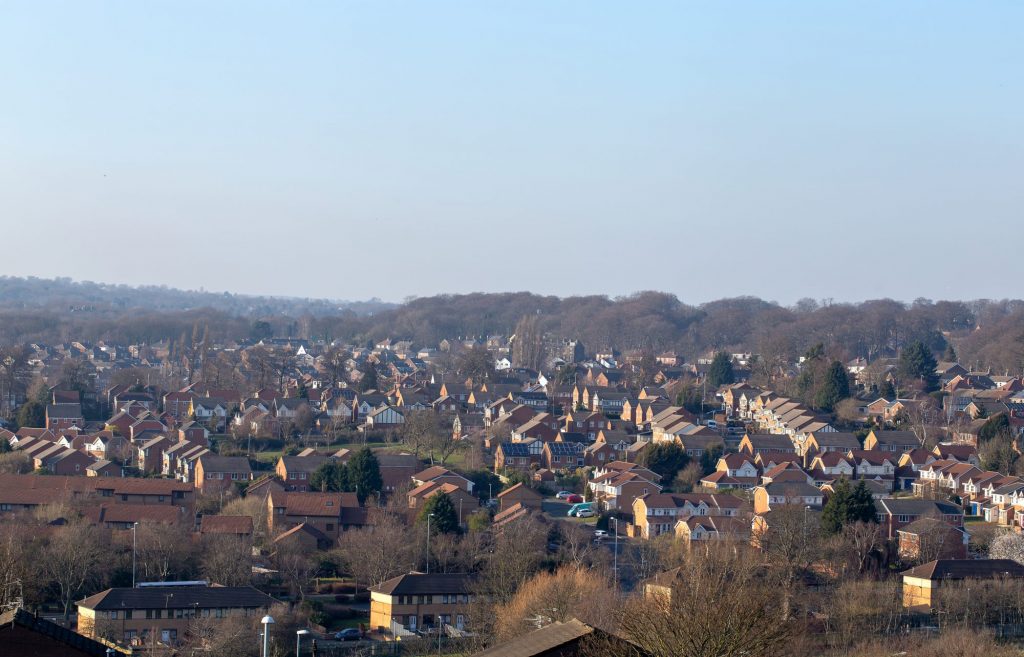Welcome back to the second part of our series on Town Planning and why it matters. In the previous article, we discovered that the main aim of town planning is to ensure that the local government is satisfied that the planning scheme reflects what the community wants, and the development proponent accepts the outcome, considering the various constraints and limitations.
With this in mind, let’s take a closer look at each of the statutory town planning roles.
Strategic Planning
Strategic planning encompasses policy, legislation and plan making which is undertaken by State and local governments. Strategic planners employed by the State are responsible for reviewing the town planning legislation and associated regulation, other planning instruments such as the State Planning Policy which seeks to protect state interests, and regional plans which seek to protect regional interests. Strategic planners working for local government are responsible for preparing the local government’s planning scheme and associated planning scheme policies. In their preparation of the planning scheme, they must consider allocation and distribution of different land uses such as residential, commercial, community uses and industrial. They also need to consider existing and proposed transport routes, commercial nodes, open space and the capacity for each zoning designation for future development during the life of the planning scheme (typically 7-10 years). Throughout the development of the planning scheme and other planning instruments, there are several legislated stages requiring community consultation because as mentioned earlier, the planning instruments are intended to be a reflection of the needs and desires of the population over which they have jurisdiction.

Development Assessment
A large part of town planning sits in the development assessment/statutory planning realm. This encompasses private town planning consultants (such as Eastcad Design) that assist development proponents, landowners and community organisations with the preparation of development applications and peer review of development applications. On the other side of the fence, public servant town planners employed by the State and local governments assess development applications against the requirements of statutory planning instruments (e.g. planning scheme, state planning policy, etc). Development assessment is primarily performed by local Government but is also undertaken by State government departments through the State Assessment and Referral Agency (SARA) as referral agency for a development application with Council (or standalone assessment manager where the application does not trigger assessment against the local government’s planning scheme) in instances where State interests are involved, such as: a site adjoining a State-controlled Road and the access arrangement is to be changed, or if the development results in additional traffic flows to the State-controlled road; clearing native vegetation; undertaking works within a waterway; etc. A range of development types typically require development approval from the local government. These can range from minor extensions to a house where it is heritage listed or affected by a planning scheme overlay, to a subdivision that creates additional lots, to a new apartment building, a shopping centre, a marina, an industrial warehouse or factory, racetrack or sports venue, or cattle sale-yards to name a few.
Now that you know a little more of what town planners do, don’t ask us if we’ve planned any new towns lately, but instead ask us if we can help obtain development approval for your property project or if we can act on your behalf to help ensure the development proposal in your neighbourhood delivers the best outcomes for your community.
In the next and last part of this series, we will be taking a closer look at the various types of urban planning that exist. In the meantime, feel free to leave us a comment below.